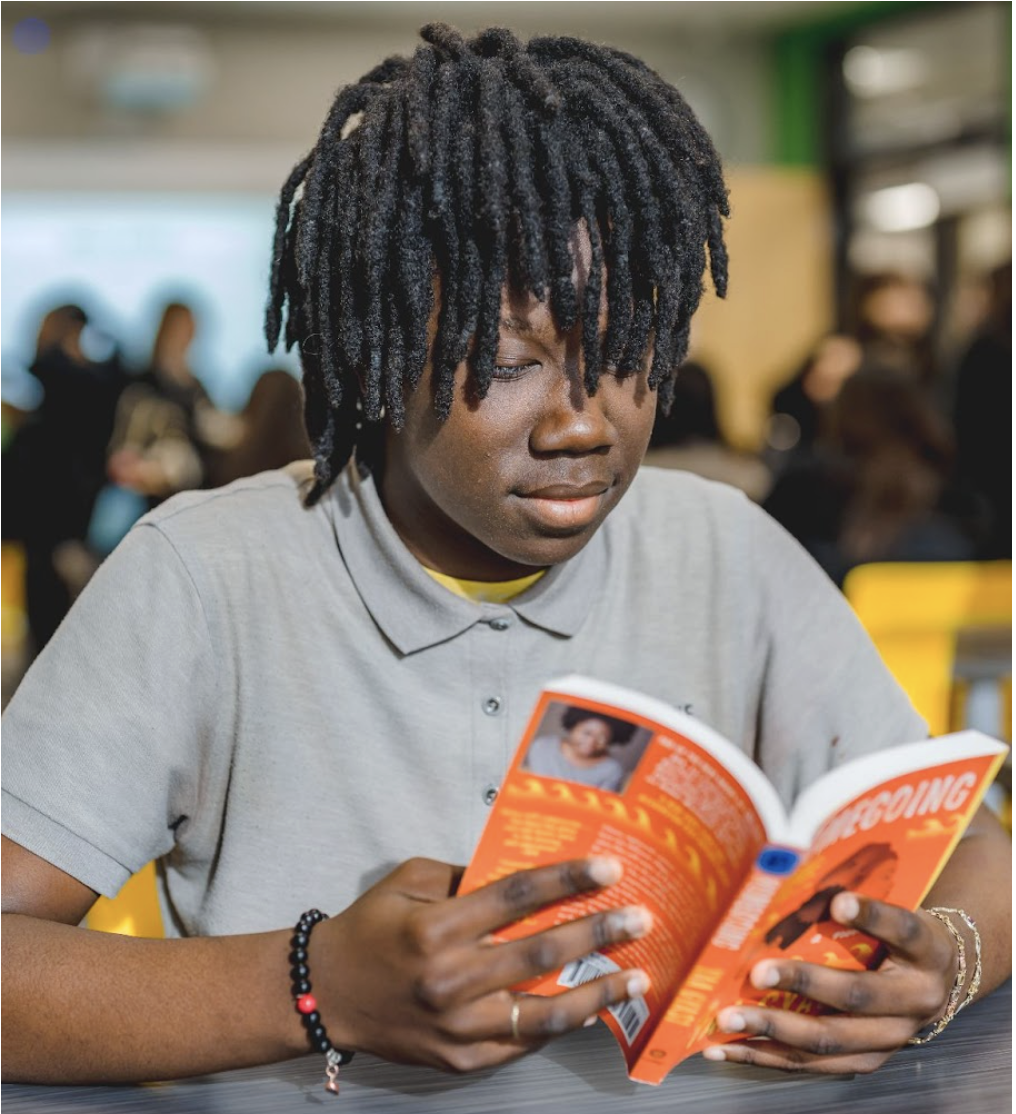Why Literacy Tutoring Doesn't Work for Adolescents

As the pandemic’s impact on learning deficits has become clearer, district and school leaders, with the support of government and nonprofit funding, are implementing more tutoring programs to help students catch up.
Research on tutoring is promising. In their meta-analysis of the impact of preK–12 tutoring programs throughout the United States, Nickow, Oreopoulos, and Quan (2020) wrote that “tutoring programs rank among the most flexible and potentially transformative learning program types available at the preK–12 levels,” resulting in gains that increased the average student achievement level from the “50th percentile to the 66th percentile.”
In fact, tutoring programs have produced promising results in all areas but one: adolescent literacy. Nickow et al. state that “the pattern of declining returns to tutoring across…grade level categories [is] explained entirely by literacy programs.” That is, while math tutoring is effective for students through middle and high school, literacy tutoring is much less impactful after students enter middle school. Even a first grade reading program with a debunked pedagogy like Reading Recovery had a far greater impact than any adolescent literacy tutoring program that Nickow could identify.
Given that two-thirds of U.S. teenagers read below grade level and, as a result, are blocked from accessing grade-level work in all subjects, it is critical that we look more deeply at what tutoring’s lack of impact might say about how we should teach adolescents to read grade-level texts.
It is crucial that we provide adolescents with effective, research-based literacy activities specifically designed to engage them. (In a previous blog post I described how Riveting Results’ fluency program, designed from the ground up for adolescents, helps students learn the subtle shifts in pace, emphasis, and emotion so that they can build a mental image of the text.)
However, literacy activities by themselves do not cultivate the determined and strategic mindset required to become proficient in reading complex text. What many literacy researchers call a Standard of Coherence (see Pearson and Liben) is necessary for adolescents to read and reread complex text until they make sense of its unfamiliar vocabulary and unpredictable grouping of phrases and clauses.
Reading complex text constantly tests adolescents’ willingness to be confused and mistaken. They need the combination of fun and empathy that only fellow explorers––their adolescent peers—can provide on this shared journey filled with misconceptions and the potential for mastery, knowledge, and an appreciation of beautiful language.
Below, read an excerpt from Dillon’s (not his real name) Riveting Results journal and see how a classmate spurred this ninth grader to accept that he had misread a passage:
I thought I read it fine but I didn’t. I forgot there was a word at the end. I was laughing so much when I found out I was wrong. It was pretty funny. I heard things like “Dillon, you can’t read.” When I found the right answer it made a lot of sense. I realized I shouldn’t read fast and I should take more time with my reading because it might cost you getting a wrong answer. When I found out I was wrong it kinda clicked that his was the right answer and I realized I was bad at rereading.
An adult tutor would probably take pains to reassure Dillon that he was in fact very bright and was not “bad at rereading.” But Dillon actually craved the rough-and-tumble comments of his classmates for both their humor and their empathy. In his last sentence, he refers to the right answer as “his”—his partner’s answer. Somehow it is more meaningful to Dillon to find out that the correct answer represents not some abstract concept but actually his classmate’s idea. Isaiah (not his real name) ends his description of the same moment by expressing his support for Dillon’s reassertion of himself as a skilled reader. Isaiah writes:
When he realized his reading error he realized that my answer of “D” was correct. Dillon thought he couldn’t read because of his error. I think he felt bad about the fact that he was wrong about his answer being incorrect. In the moment, he wanted to be right but he knew he was wrong, it was like he was running a race he couldn’t win. His tone had changed a little when he had gotten proved wrong, he wanted to be right like everyone does, but sometimes we are wrong and he accepted that. And maybe now he wants to improve on his reading and answering skills.
Understanding complex text requires that students learn to be undaunted by their confusion and their own misconceptions. Ultimately, in middle and high school classrooms we must build classroom communities that provide students with regular, low-stakes opportunities to discover misconceptions and reassert themselves amid the reassuring give-and-take that only peers can provide.
We want to know what you think.
We recommend you read these next
Meet The Team
The Riveting Results program works because it incorporates feedback from dozens of educators experienced in the classroom and in running schools. Unlike other programs that primarily use academic experts to review materials, Riveting Results gets feedback from educators who have actually used Riveting Results in the classroom to develop students reading and writing performance.
contact us



































